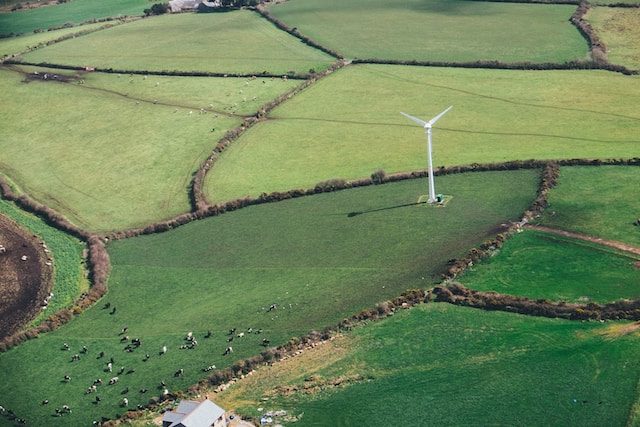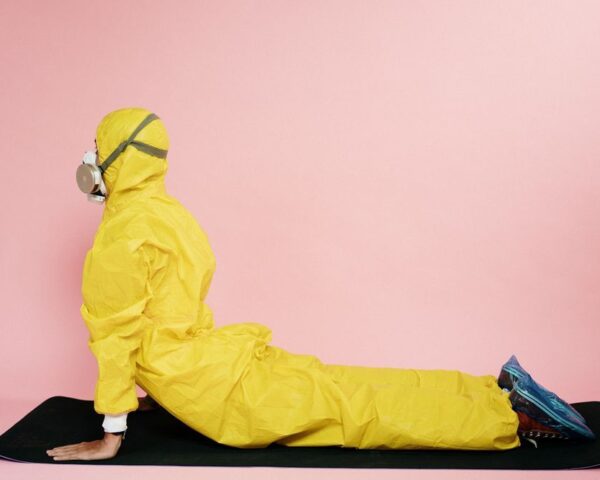In a rapidly changing world where climate change is also a hot item for companies, we at Halito! do our part and become CO2 neutral. Our colleague Raf attends energy training courses, attends seminars, scours the internet, asks to chat gpt about energy, talks to people… and… writes blogs about the search for Halito! CO2 neutral by the end of 2023.
How much energy do you use?
Do you know your company’s greenhouse gas emissions? And what are you doing to reduce it? These questions are often asked of companies today, including Halito!. As we look at our world, it is high time to become aware of our own part indeed. How are we going to organize our operations with as little damage to the environment as possible?
To do something about this, we must first look at the source of our emissions. And then you see that everything starts with obtaining or converting energy. Because what happens before we get this energy usable?
3 energy sources
From the natural primary source, we get to work to get gas, petroleum or electricity to us.
Gas
Gas is the simplest. You drill a hole in the ground at the right place, collect the gas, add some fragrances for safety and bring it to the end user via a system of pipes or bottles. Nearly 100% efficiency. Little or no loss, little or no editing.
Petroleum
Petroleum is a lot more complex. The pumped oil must be processed through a refinery before being available as diesel or petrol. There are also a few losses here. The appropriate products are extracted via fractionation columns. Efficiency here is around 90%.
Electricity
Electricity is another pair of sleeves. In order to convert the primary energy into usable electricity, we need gas, petroleum or uranium in the classical systems. Ecological alternatives are windmills, solar panels or hydroelectric power plants. To produce useful energy here with the primary energy, the losses are very high. On average we have a return of 40%. The rest converts to heat.
We lose energy
But we’re not there yet! We use gas, petroleum or electricity to drive something: a motor, light, or heating. Again we notice losses here. To make a mechanical movement with a combustion engine, we have an efficiency of only 30%. To keep a motor running via electricity, the efficiency is 95%, for light it is 15% and for the use of compressed air by a compressor the efficiency is only 10%.
When we look at the entire flow, we have an efficiency of 10% of 40% or 4% efficiency for 1KW of primary energy that we want to convert with electricity into useful energy for compressed air. 96% is lost in some form…
That makes one think. How can we use this primary energy as economically as possible? Especially when you realize that coal, oil and gas reserves are limited. Consumption is still rising. After all, as humans, we are greedy energy guzzlers. General and individual awareness is urgently needed to use the stock wisely and to realize the effects of its use.
Get started with energy!
However, it is not just about CO2 emissions. It is also about acting responsibly with our planet as a thinking human being. And then it is also about over-consumption, the unequal distribution of resources, about the loss of biodiversity due to industrial agriculture and forest reclamation, about air pollution from aerosols, about the unbridled pursuit of profit,… It is about being an ethical, responsible person and company in this world.
At Halito! Let’s start making an inventory of our energy consumption. What do we all need energy for? Where do we lose energy? How much damage are we doing? And above all: how can we reduce this? You will stay informed via this blog. Tips for us? Please share them with us!



